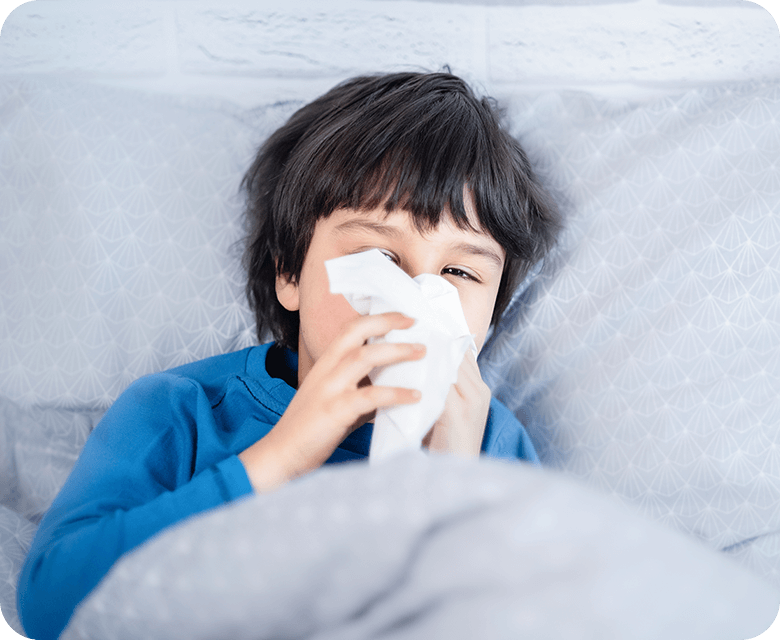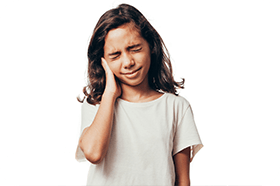Children's Dosage Calculator
For the correct dosage, enter child's age and weight:



Is your child not feeling well? Learn about common children’s ailments like ear infections – and what you can do to help remedy them.
When your little one is suffering from a common children’s complaint like headache, teething, conjunctivitis or an ear infection, it can be as hard on you as it is on them. After all, as a parent, you just want your child to be happy.
When they’re not well, it’s natural to worry and to be prepared to move mountains to help them feel better again. Luckily, that’s rarely necessary.
Most of the time, children’s symptoms, like stomach pains and growing pains, can be easily managed. The key is knowing what symptom to look for, understanding what’s causing it, and learning about the remedies available. You’ll have your child feeling better in no time—you’ve got this!
Choose from the following common children’s symptoms to learn more about what to expect and how to manage them.







